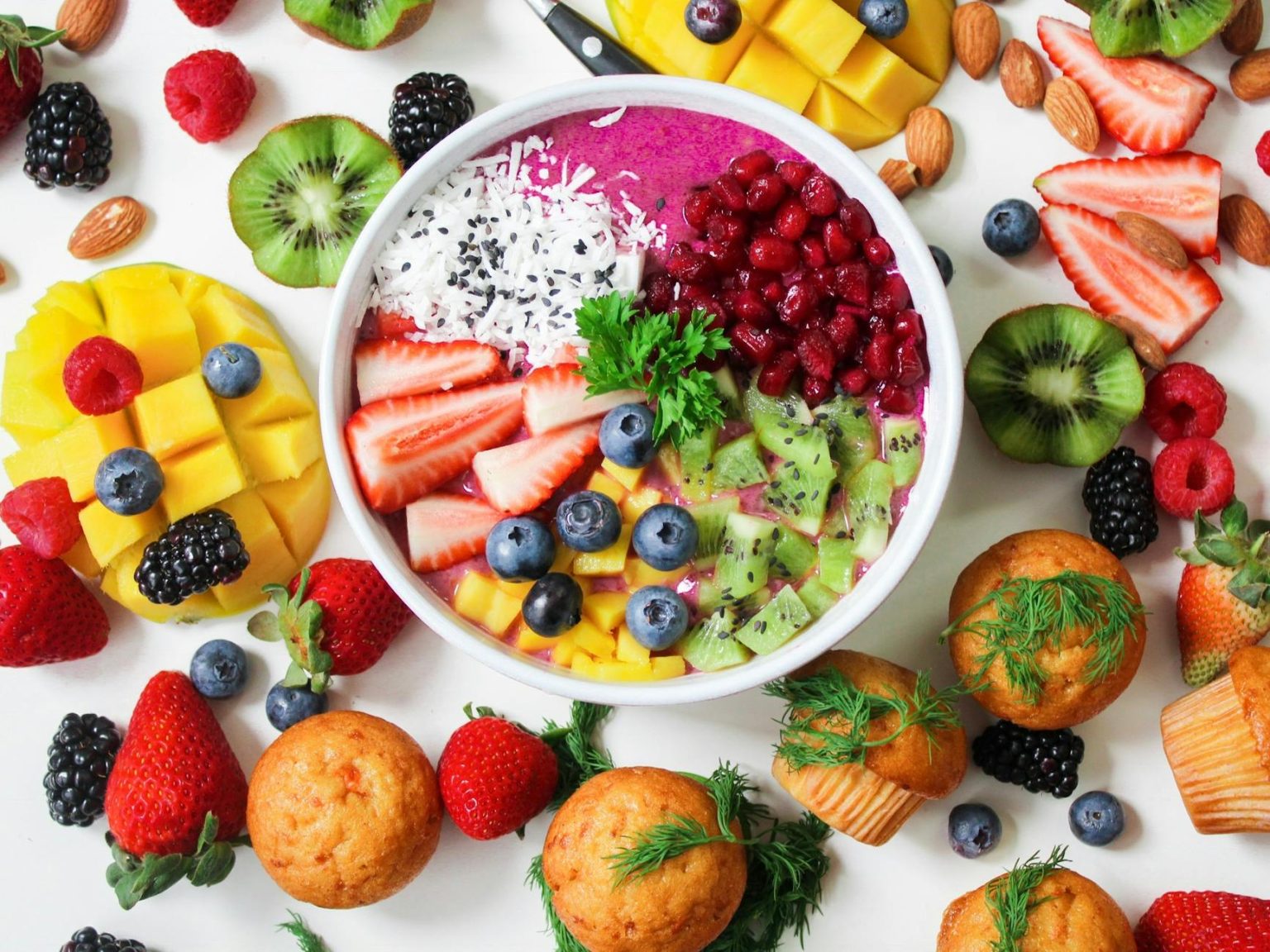Every parent wants their children to grow up healthy and strong, but the journey to achieving this starts with everyday decisions about what they eat and use. Many common products, including food and medicine, contain hidden additives that may not be as harmless as they seem.
Understanding these ingredients is vital because they can impact your child’s overall well-being. This article uncovers the key harmful substances to watch out for and offers practical tips to help you make safer, healthier choices for your family.
1.The Hidden Dangers of Artificial Food Dyes
Artificial food dyes are widely used in snacks and drinks to attract kids with vibrant colors. However, certain dyes, including Red Dye No. 3, Red Dye No. 40, and Yellow No. 5, are commonly used to give food and drinks a vibrant look. These additives are being scrutinized due to potential health concerns, pushing regulators and consumers to seek safer alternatives.
The FDA’s decision to red dye 3 ban highlights growing recognition of the risks linked to synthetic additives. This step reflects the shift toward cleaner and safer options for families. This step reflects the shift toward cleaner and safer options for families. To better understand how this decision impacts the products you use daily, explore trusted online resources that explain these changes and offer practical tips for safer alternatives.
2.Preservatives to Watch Out For
Preservatives help extend the shelf life of products, but some, like BHA (butylated hydroxyanisole) and BHT (butylated hydroxytoluene), have been linked to potential health risks, including hormonal disruptions and cancer in animal studies. Sodium benzoate, another common preservative, may exacerbate hyperactivity in children.
Other preservatives, like nitrites and nitrates found in processed meats, have also been linked to health concerns, including an increased risk of certain cancers. Some artificial preservatives can alter the flavor of foods, making them less appealing to children who might prefer fresher options. Additionally, frequent consumption of these additives can affect gut health, leading to potential digestive discomfort.
3.Harmful Ingredients You May Overlook
While parents often focus on avoiding obvious additives, some hidden ingredients can be equally harmful. For example, emulsifiers like polysorbates and carrageenan, often found in processed foods, may disrupt gut health and lead to inflammation. Research has linked these ingredients to negative effects on digestion and the gut microbiome, which plays a key role in overall health.
Additionally, some flavor enhancers, such as monosodium glutamate (MSG), can cause sensitivity reactions in children, including headaches and nausea. Certain stabilizers and thickeners, like xanthan gum, might also lead to digestive discomfort in sensitive individuals.
4.Sweeteners and Additives to Avoid
Sweeteners like aspartame, saccharin, and high-fructose corn syrup are often found in foods made for kids. These ingredients can lead to problems like weight gain, diabetes, and cavities. They might also affect how kids grow and develop, which is why it’s important to avoid them when possible.
Try using natural sweeteners like honey or maple syrup instead. These not only taste good but also provide vitamins and minerals that are better for the body. Encourage your kids to eat fruits, which are naturally sweet and healthy, to curb their sugar cravings.
Taking the time to read food labels and avoiding items with long or hard-to-read ingredient lists can help you make better choices. When you choose foods that are simple and wholesome, you’re giving your kids a better chance at staying healthy and strong.
5.Choosing Clean and Natural Products
Raising healthy kids means making smart choices about the items you bring into your home. It’s important to choose options with simple, natural ingredients and clear labels. Look for certifications like organic or non-GMO and avoid items with long lists of additives.
Pay attention to new rules about unsafe ingredients and explore healthier alternatives that match your family’s needs. Buying from local stores or small producers can also give you access to fresher, less processed options. Researching what’s in your food helps you make better choices for your kids.
These decisions don’t just reduce exposure to harmful ingredients; they also set a strong example for your children. Choosing clean, healthy products creates a positive environment that supports their growth and builds habits they can carry through life.
Conclusion
Avoiding harmful ingredients is essential for ensuring your children’s long-term health and well-being. Staying informed and making conscious choices can help protect your kids from unnecessary exposure to harmful chemicals. Focusing on fresh, natural foods and minimizing processed options creates a healthier lifestyle for your family. These efforts improve their physical health and teach valuable habits that will benefit them for a lifetime.

